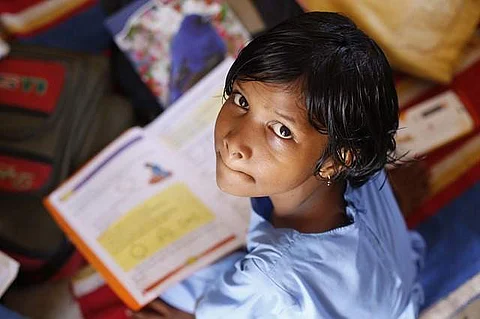

Homeschooled children frequently combine for many purposes — and they interact well.
The growth of the homeschooling movement means that more and more children
are learning together, just not in a traditional classroom.”
— Ernest Istook (b 1950), Member of US House of Representatives and a scholar
The expert report on which the New Education Policy was announced by the Central Government on July 29, harks back to ancient Indian knowledge and seeks to instill a rootedness and pride in India and its “rich, diverse, ancient and modern culture and knowledge systems and traditions.”
Lofty ideals neglect the situation imposed by the Coronavirus pandemic which has driven the educational venue from classrooms into a cocktail of homes through computers, TV screens and
smartphones.
The ‘home’ venue has ancient roots and goes by the name gurukul which was a type of education system in ancient India with shishyas (students or disciples) living near or with the guru, in the guru-sishya tradition. Under this system, the students learn from the guru and help the guru in his everyday life, including carrying out daily household chores. Typically, a guru does not receive or accept any fees from the shishya studying with him as the relationship between a guru and the shishya is considered sacred. While living in a gurukul, the students would be away from their home for a period of months to years at a stretch and disconnected from their family completely (no mobiles!).
Apparently, while the report on the New Education Policy was being drafted, the Coronavirus pandemic was not on the scene. Lockdowns and social distancing have changed the educational scene drastically. We have had to go back to another version of the gurukul which can be dubbed ‘Gharkul’ (like in Ghar-vapsi) except that in this system the guru reaches the students through the electronic network — including computers, TV screens and smartphones. Instead of the classroom and teachers in person, the screen is the focus.
But a new element comes into the picture in the avatar of parents, especially the mothers. Their role earlier was to escort their kids to school and to occasionally take part in parent-teacher meetings.
That role has now changed with parents, mainly mothers, hovering over their home-confined children (helicopter mothers?) sitting in judgment over the teachers and their teaching. This has unnerved the teachers who gripe over it. More can be said on this but we would rather have the readers have their say!
